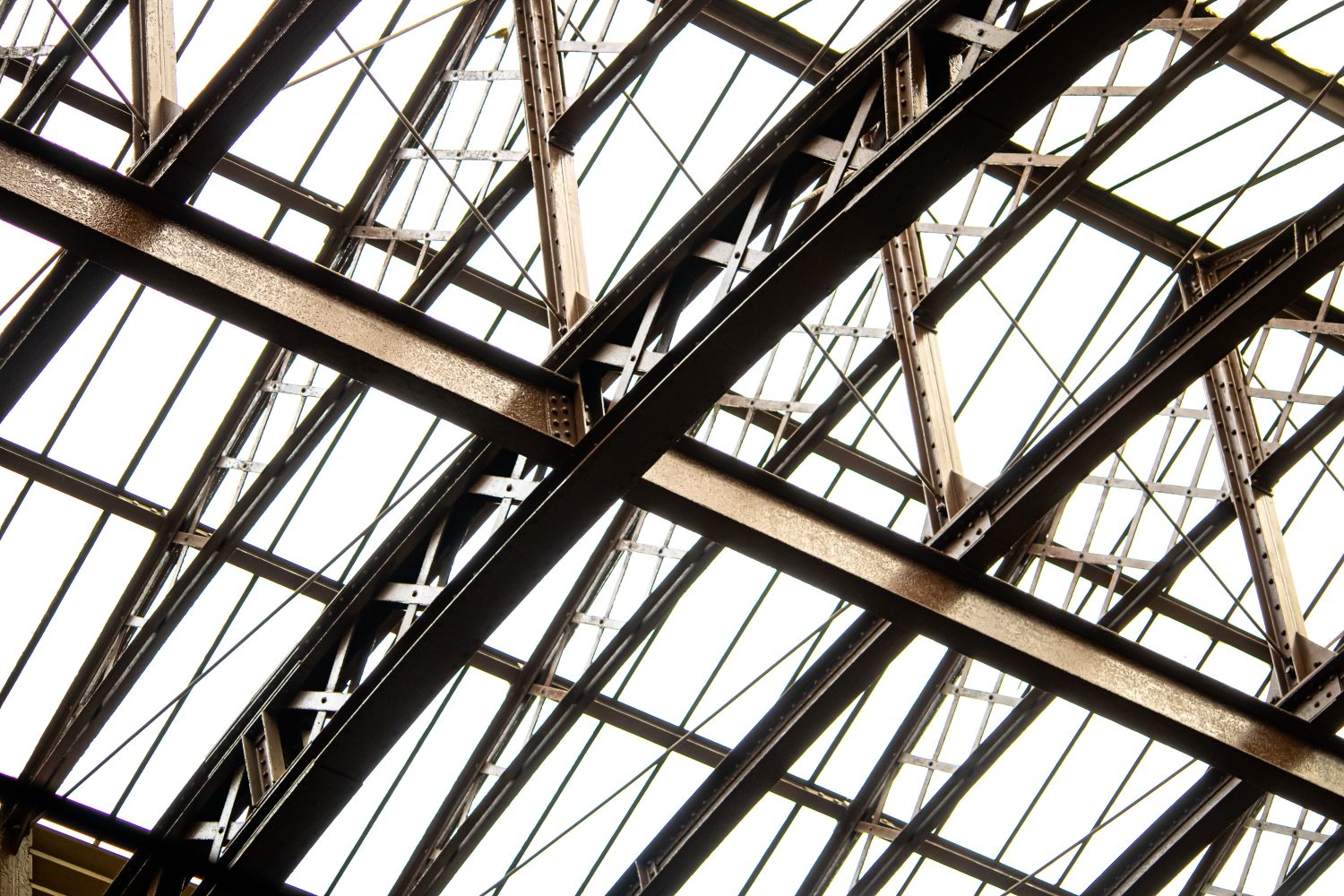What is the structural steel fabrication process?
03rd Aug

Structural steel fabrication refers to the steps involved to turn simple steel materials into reliable and resilient structural products. There are several important and complex parts of the structural steel fabrication process. That ensure the final products are created to the highest possible standard. In this article we will be looking at the process in more detail, so you can develop a greater insight into the work that will be required for your structural steel projects.
Main steps in the structural steel fabrication process
Design and preparation
Preparation and planning are the foundation of any structural steel fabrication project. Before any fabrication work can start, there will be drawings and ideas created of what the finished product will look like. Along with the elements required to make that happen. It will also need to be decided whether any custom steel parts will have to be created for the project. Or if standard steel components will work. As the process goes on, blueprint drawings will become more refined until a final design is settled upon. With all the necessary details established for the structural steel fabricators to work with.
Cutting and drilling the steel
Often carried out with a CNC machine, steel needs to be cut to the correct length. Then accurate holes are drilled into the metal to the specifications of the project. Steel cutting can be achieved using laser cutting, circular saw, waterjet, or plasma cutting machines. If any of the pieces are cut or drilled incorrectly, they won’t fit together. And fabricators would have to start again with a new piece of steel.
Bending and welding
Some steel components may need to be bent into a specific shape using a press brake or bending roller machine. Once the steel has been cut, drilled, and bent in the required way. The pieces will then need to be welded together. There are multiple different approaches that can be taken with welding including MIG and TIG. Welding can be carried out by hand or using a machine, but however it is done it needs to follow strict quality management conditions. In order to be certified under BSEN 287.
Quality check
Completing a quality check is essential to make sure that the finished product meets all the established specifications from the planning stage. The check can include visual and dimensional inspections as well as mechanical testing. Welded parts need to be tested to ensure that they don’t have any hidden cracks or defects.
Cleaning and painting
After a quality check is completed the structural steel product needs to be cleaned, and a decision made on any protective coatings or paints. That should be applied that will benefit it in its real-world application. Multiple cleaning methods can be used to get rid of anything that has gotten stuck on the surface during the other parts of the process.
Examples include surface rusting and blasting machine treatment which ensure the steel is completely ready for painting. Anti-rust paints are very beneficial in withstanding severe weather conditions and general corrosion resistance. Steel structures typically have 1 layer of anti-rust paint and 2 layers of normal paint or coating. This can be fire resistant depending on the requirements of the structure.
Product delivery
The last stage of the process is to deliver the finished product safely and securely to the requested destination of the client. At FEM, we work with a well-established, specialist haulage company who move products across Europe.
Benefits of structural steel fabrication
Structural steel fabrication offers several benefits in construction and many other projects and industries. These include:
- Strength and durability – structural steel is renowned as one of the strongest metals with the added benefit of weighing up to a third less compared to other metals. Its strength also means it has impressive durability, which is key to a structural project.
- Environmentally friendly – steel can be endlessly reused and recycled, making it very beneficial to the environment. Additionally, producing steel doesn’t demand as much energy and creates less carbon dioxide, so it is not damaging to create.
- Malleability – structural steel is malleable, meaning it can easily be manipulated into any complex shape that is required for a project. Not only that but steel is an alloy, so the properties of the metal can be tweaked depending on its specific needs.
- Low maintenance – steel doesn’t need as much maintenance in comparison to similar metal materials. It can easily be repaired if there is any damage, and its properties ensure its overall longevity.
- Visual aesthetic – steel can create a sleek and modern look and be adapted to suit certain appearance requirements.
- Affordability – steel is one of the most valuable and utilised metals in the fabrication industry due to the level of quality you get for a very affordable price.
- Prefabrication – prefabrication can save a lot of time on a project and unlike other metals, steel can easily be prefabricated before final assembly on-site. For efficient fast tracking of a project structural steel can be beneficial for prefabrication.
Conclusion
If you’re looking for high quality, reliable structural steel, or general metal fabrication services the team at FEM are here to help. We’re a family-run business that specialises in helping clients with bespoke fabrication projects across a wide range of industries and applications. Contact us today to discuss your requirements and get a free quote from our fabrication specialists.